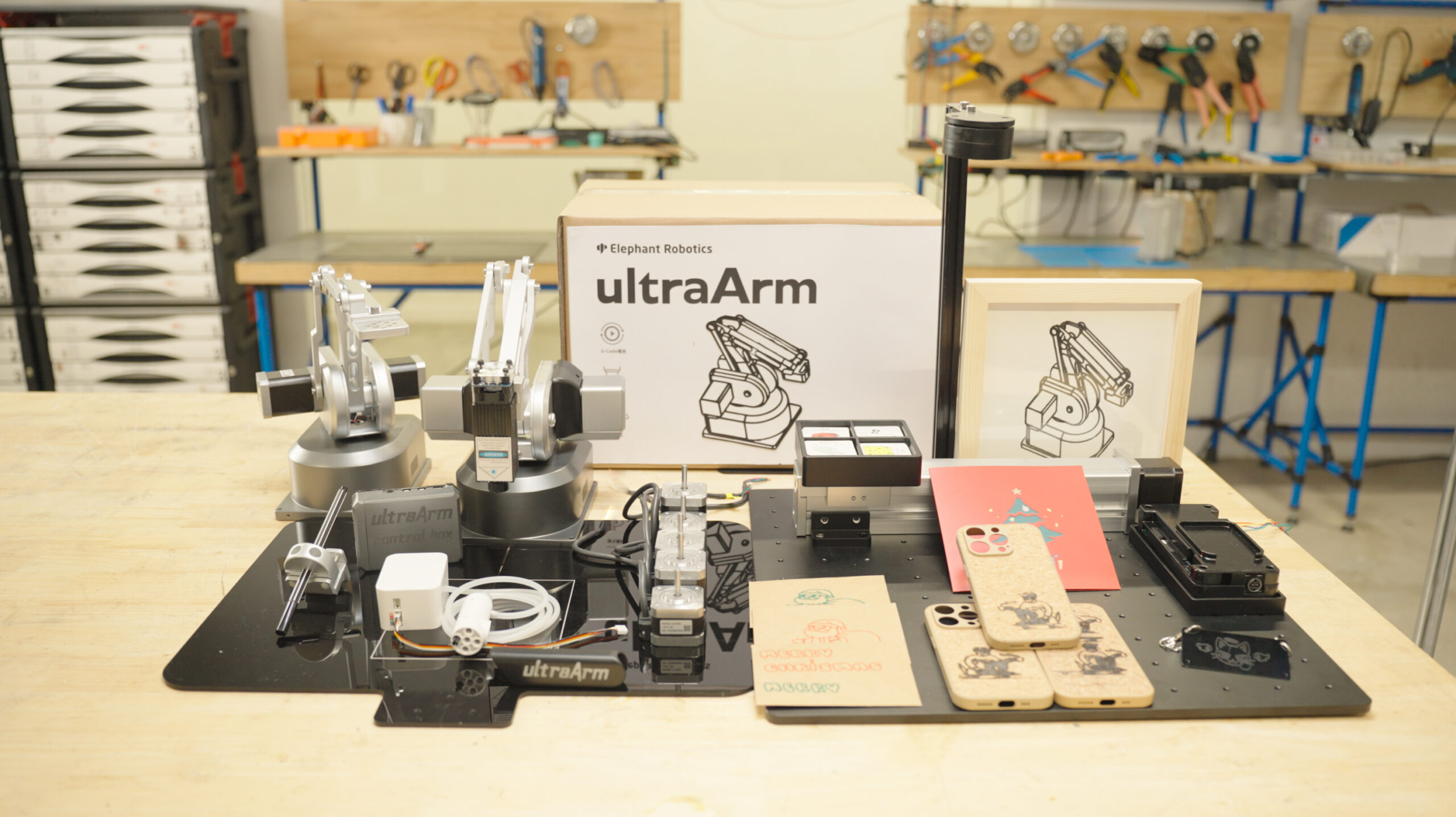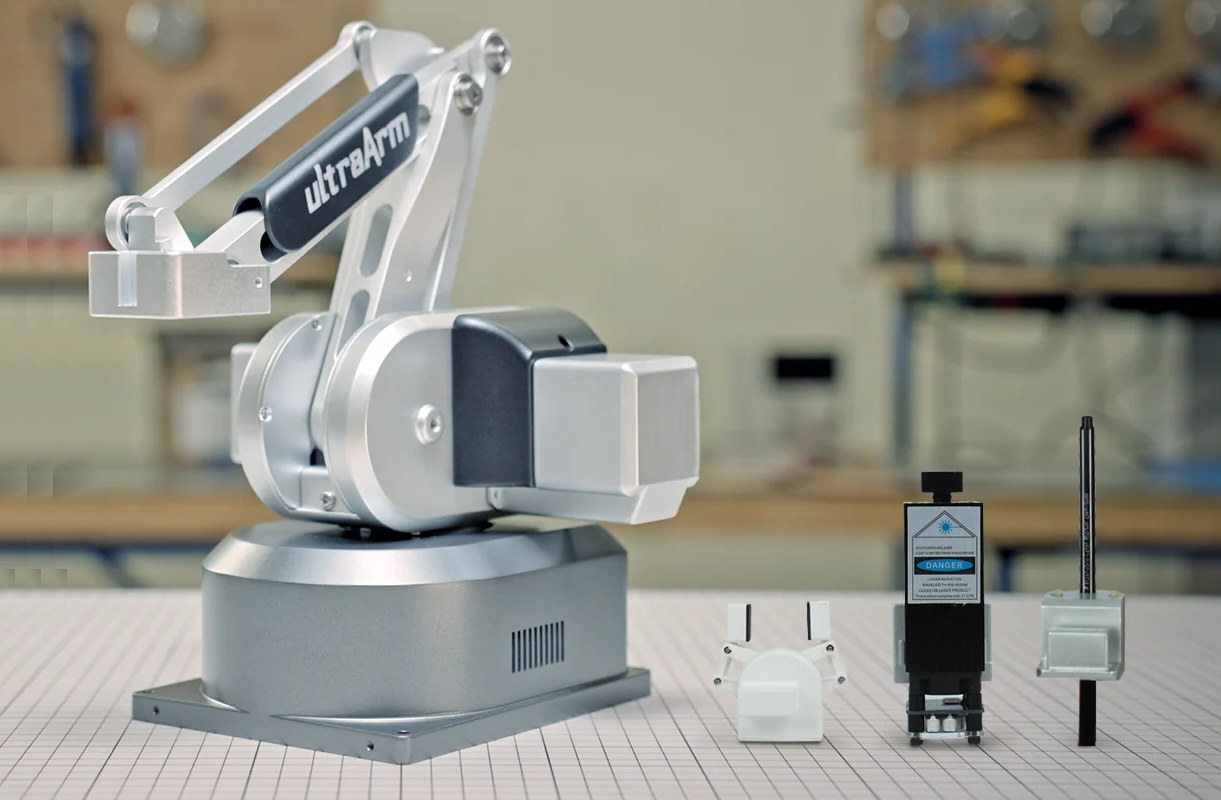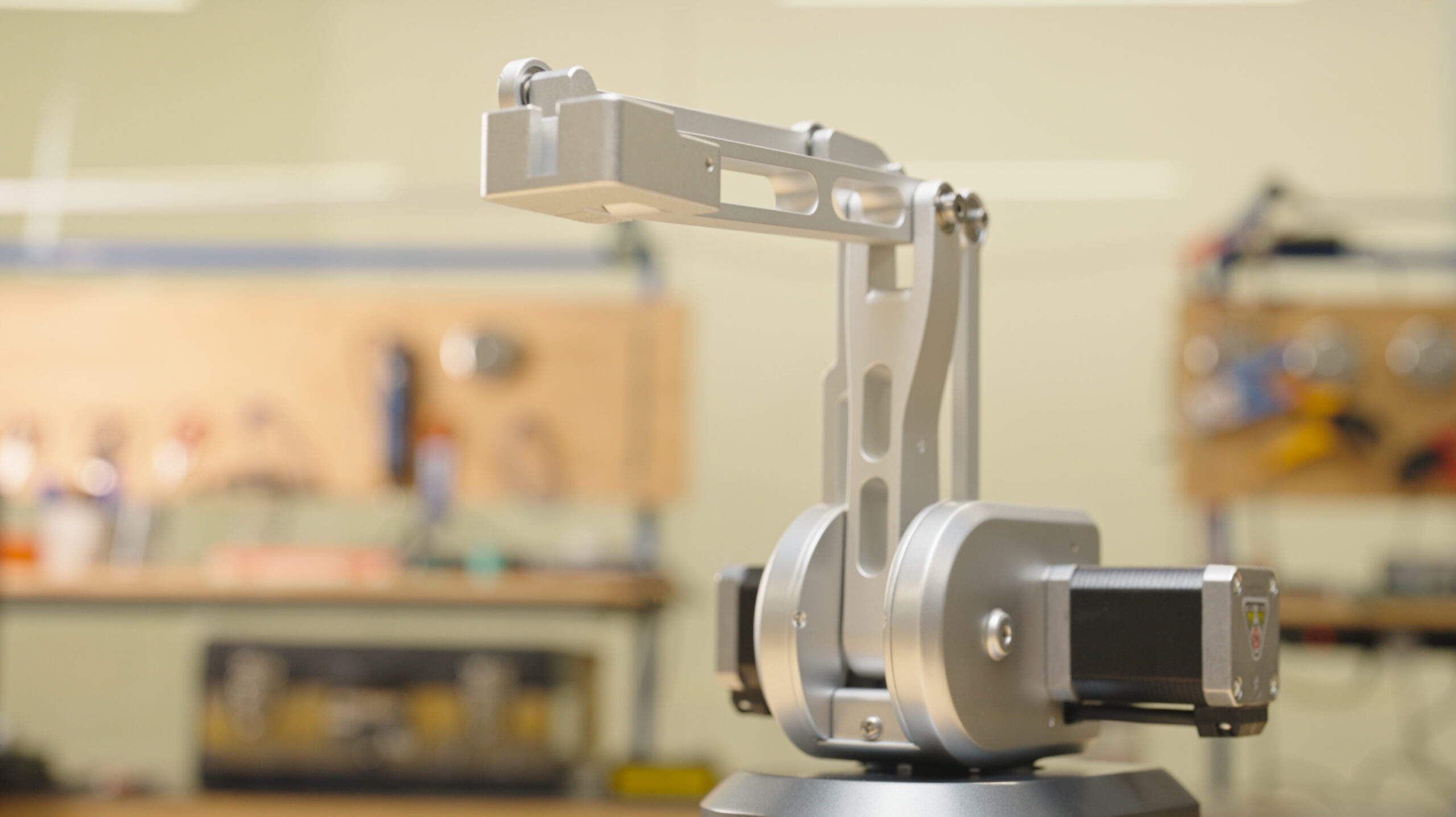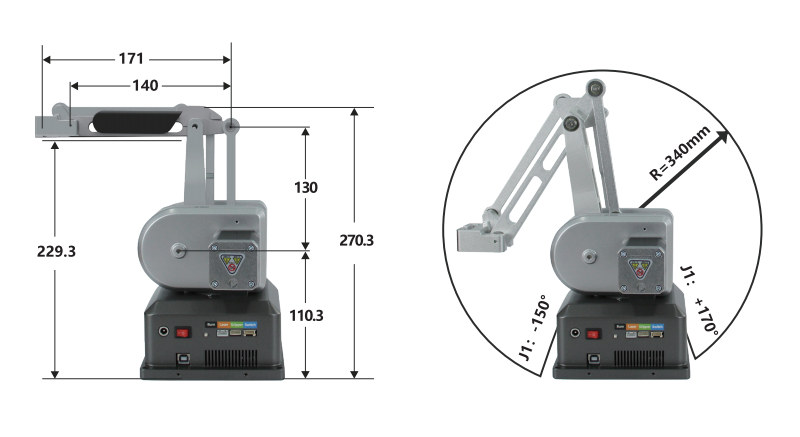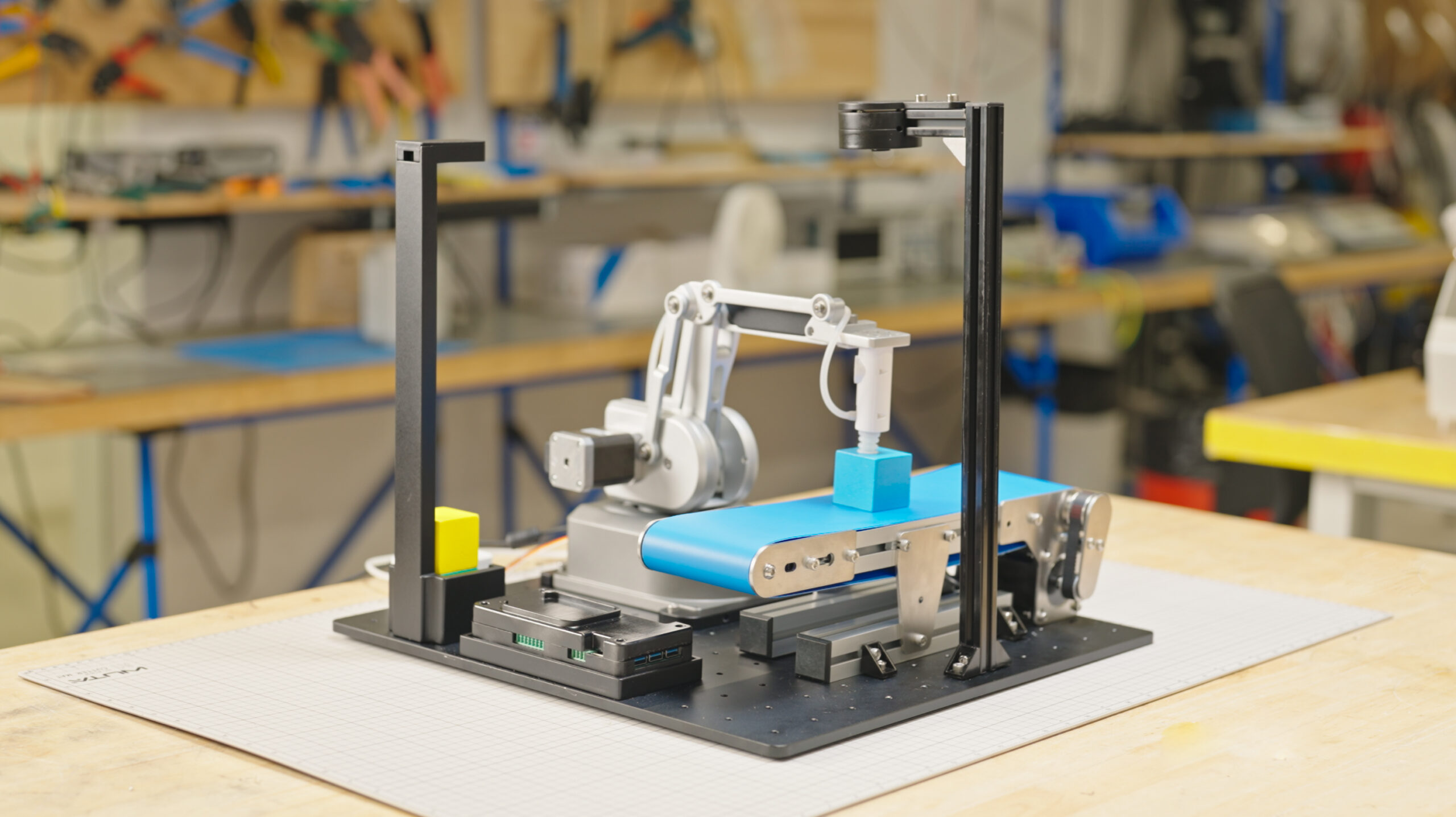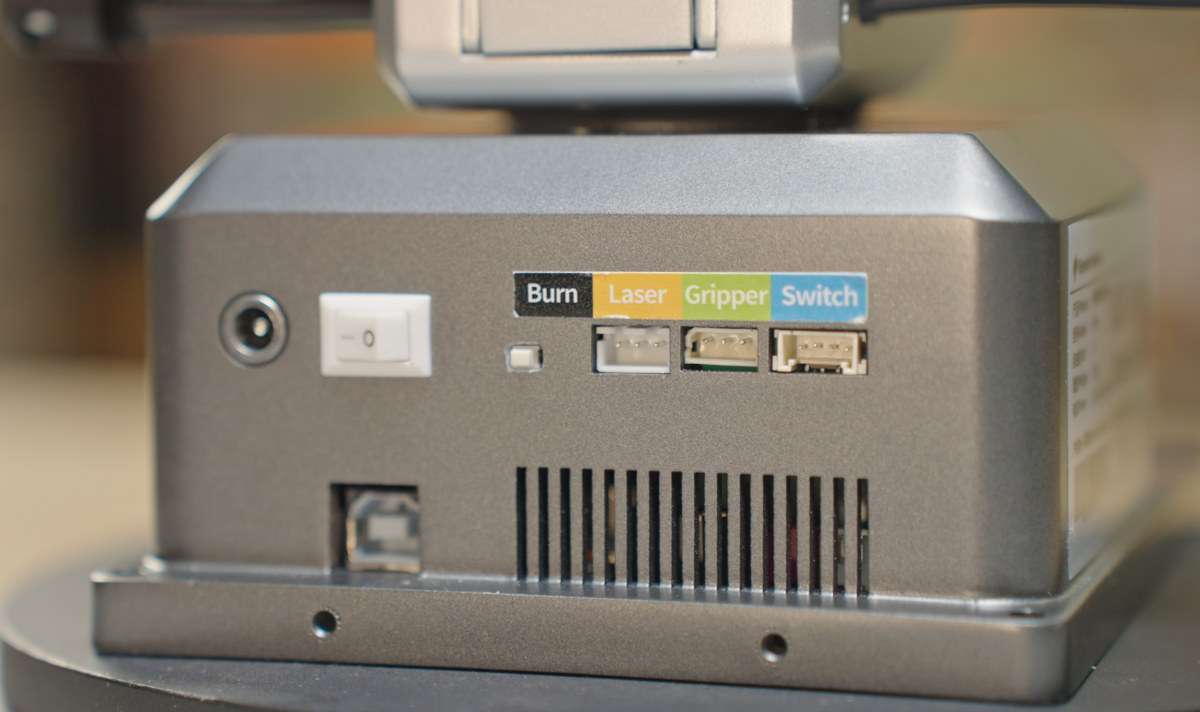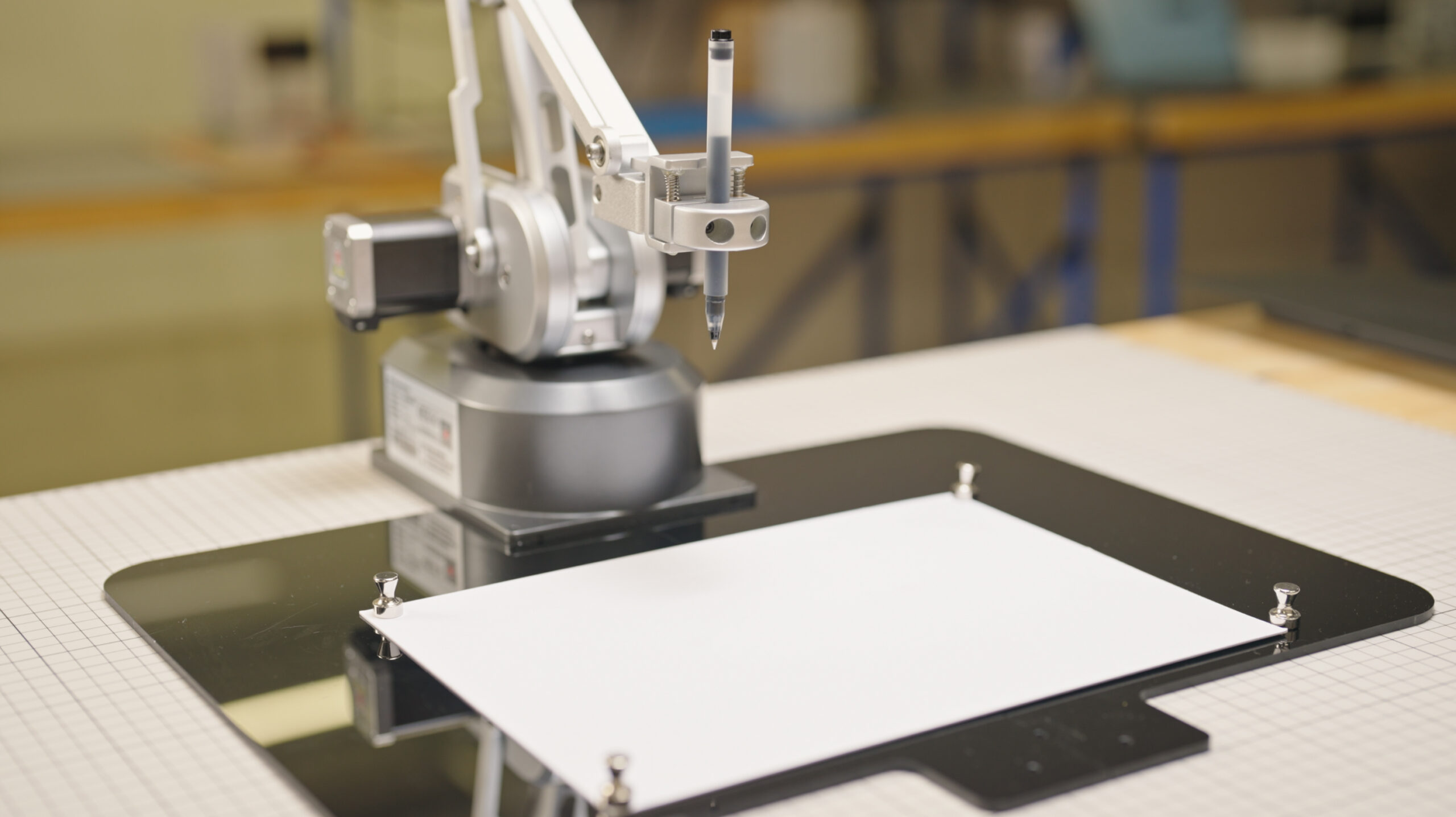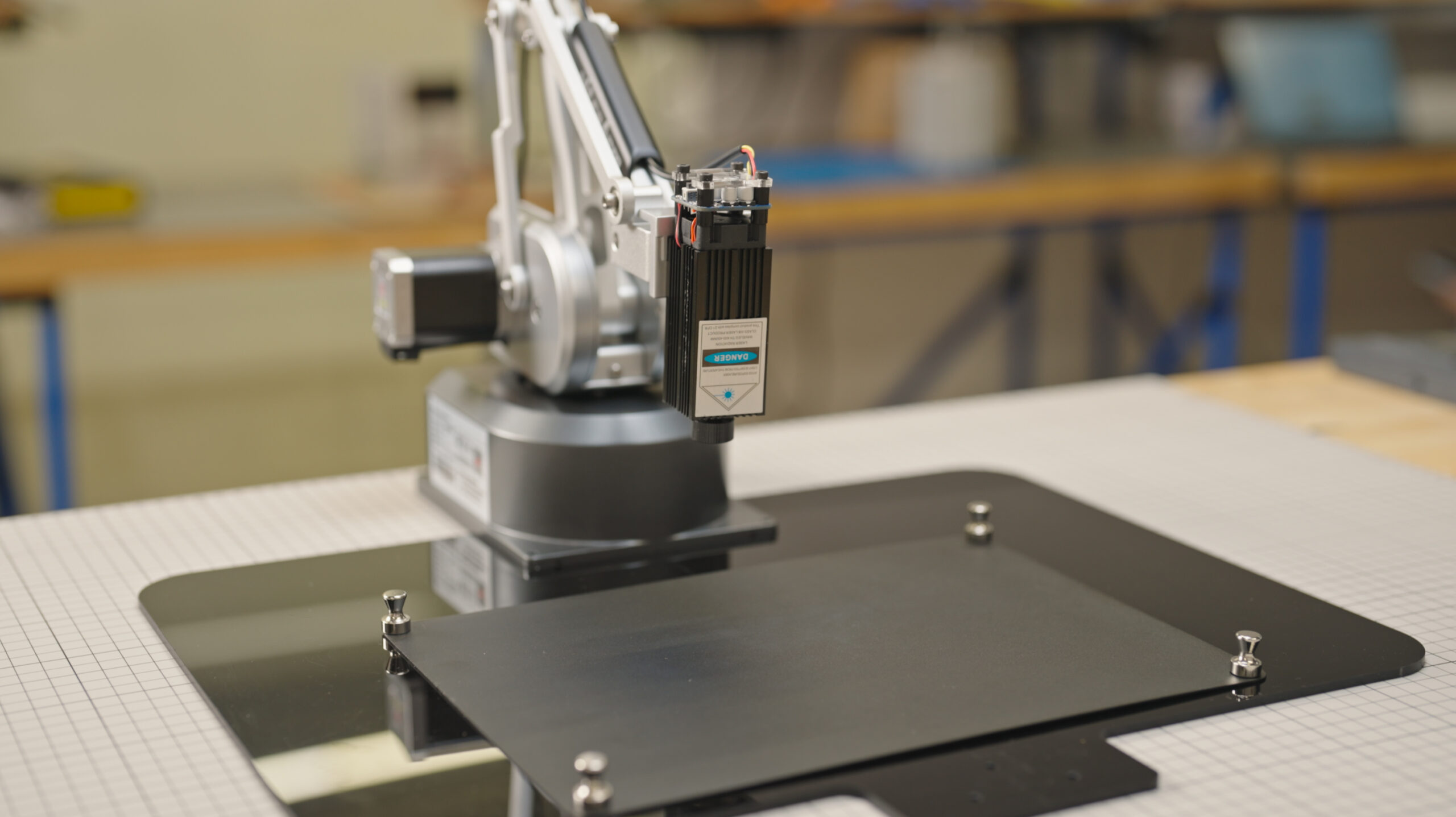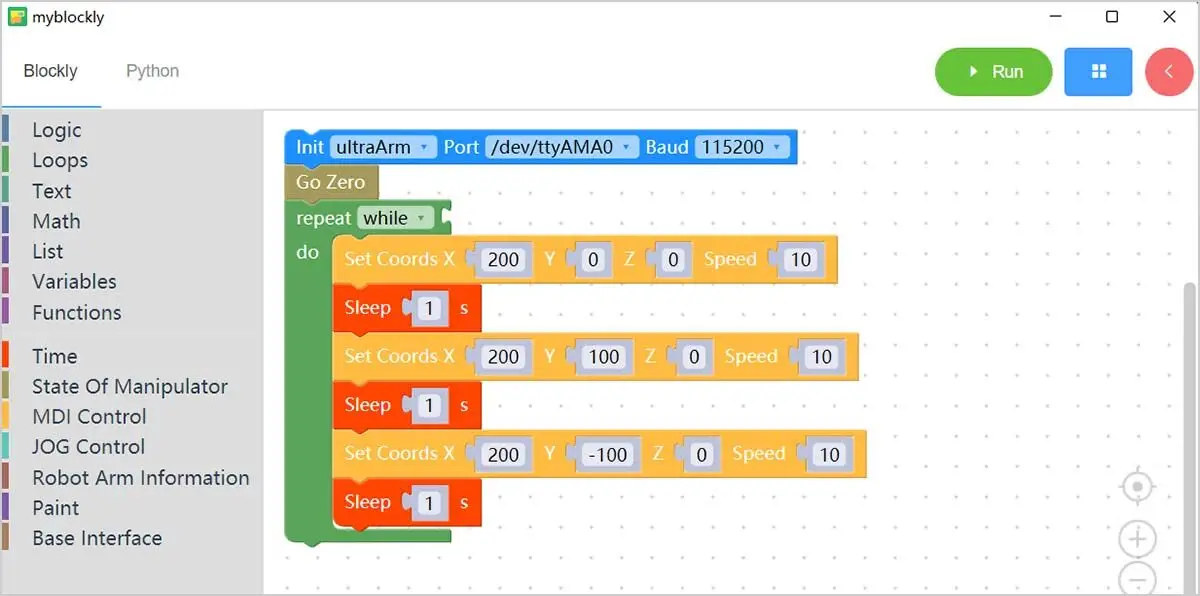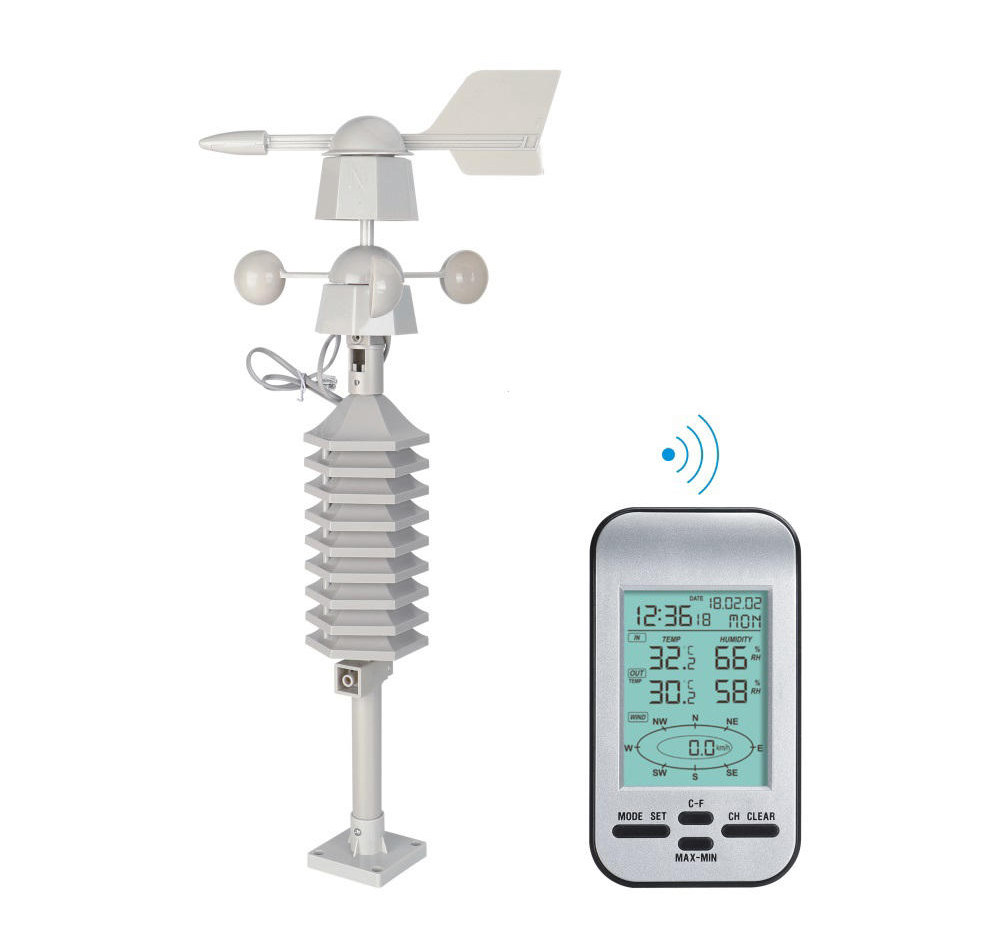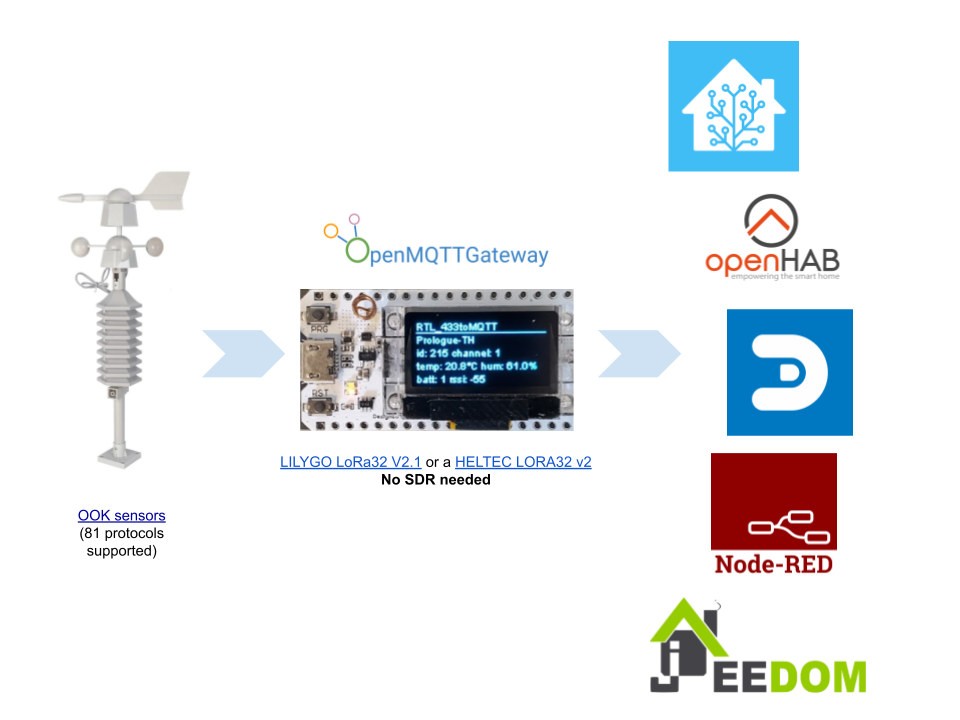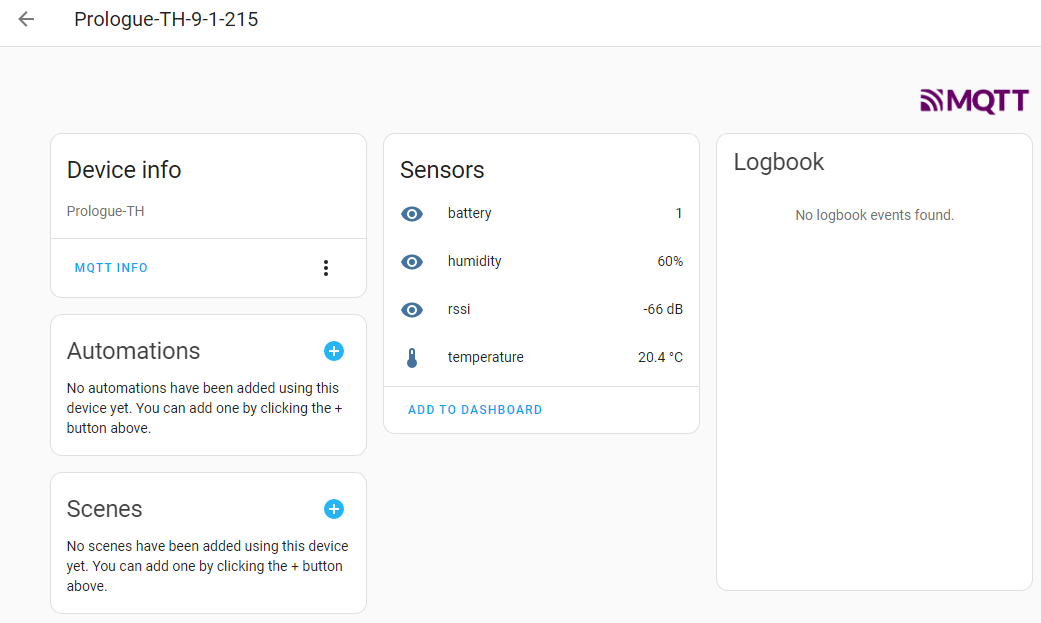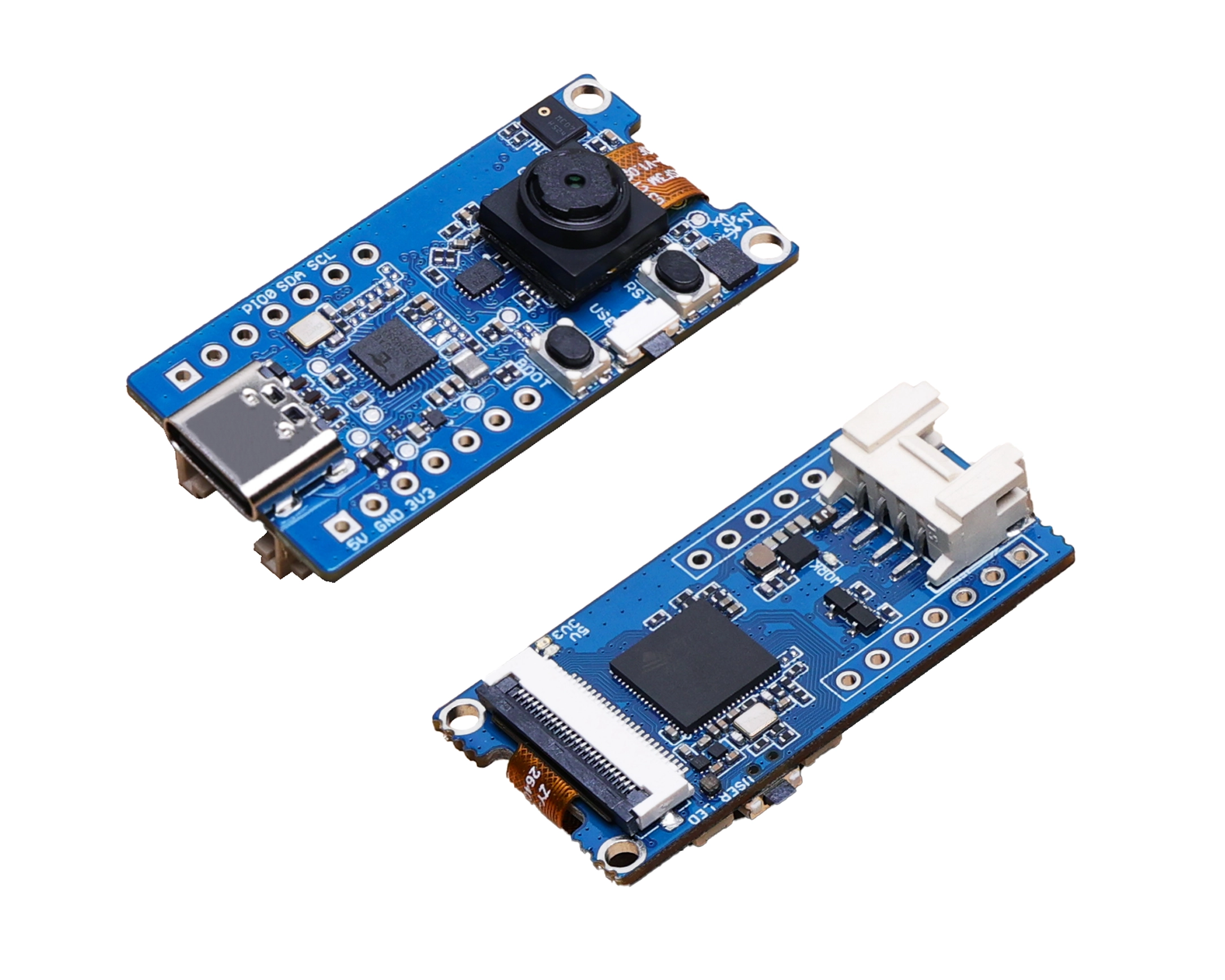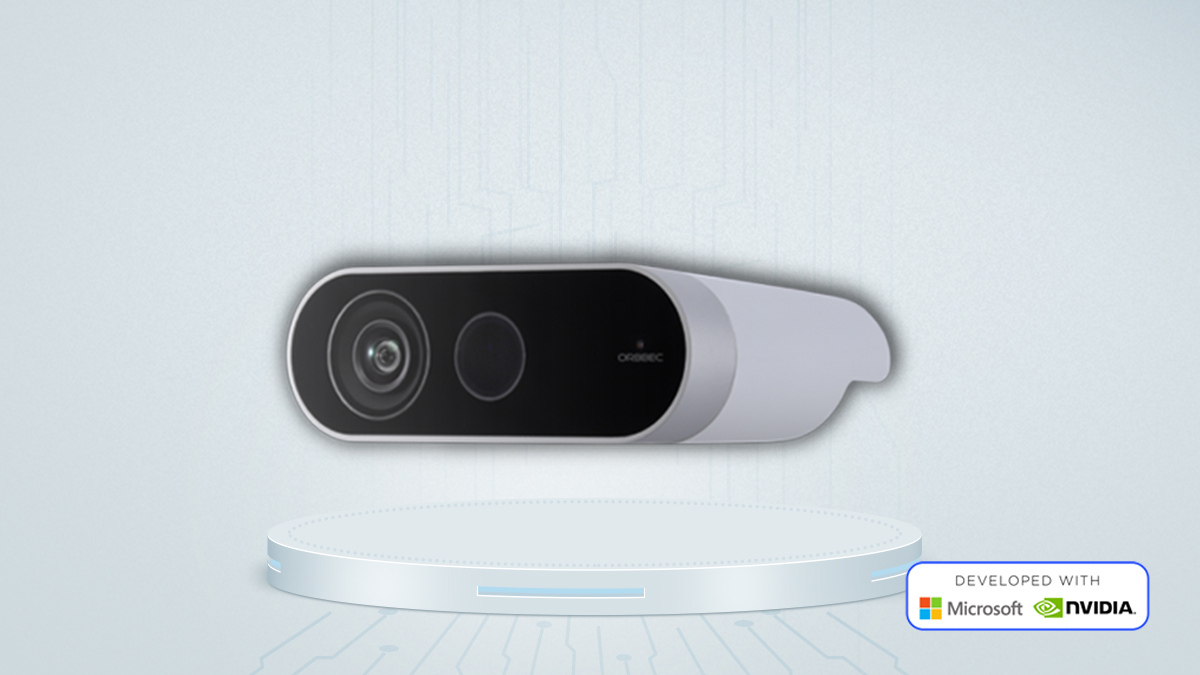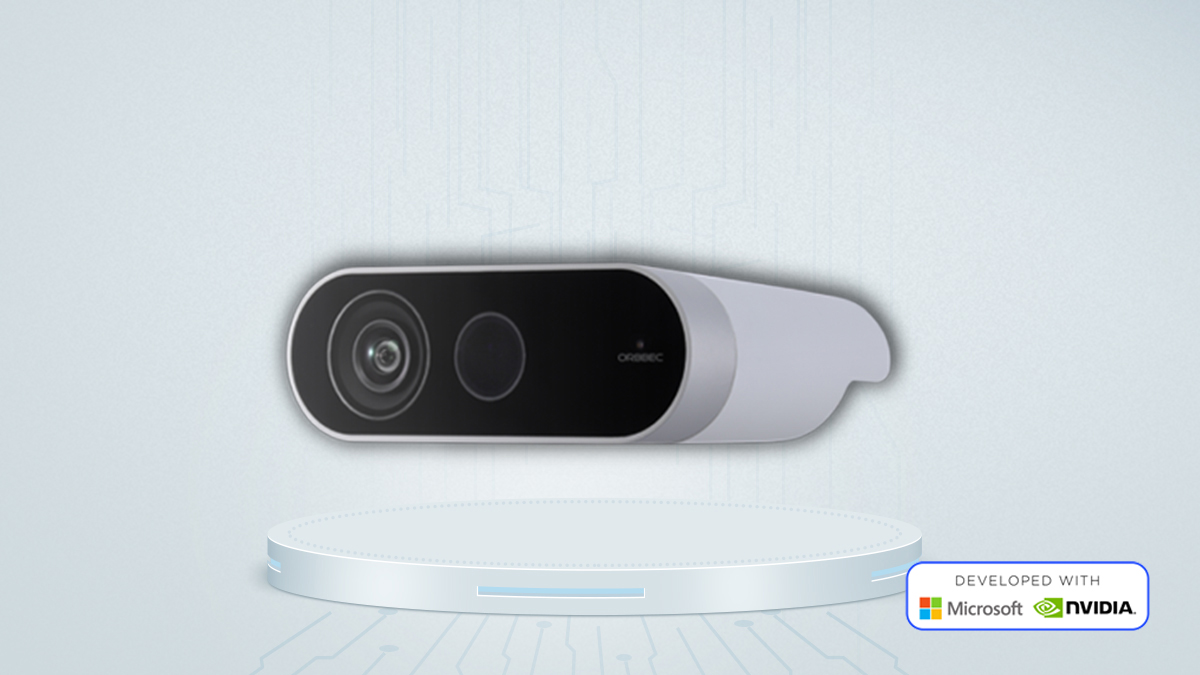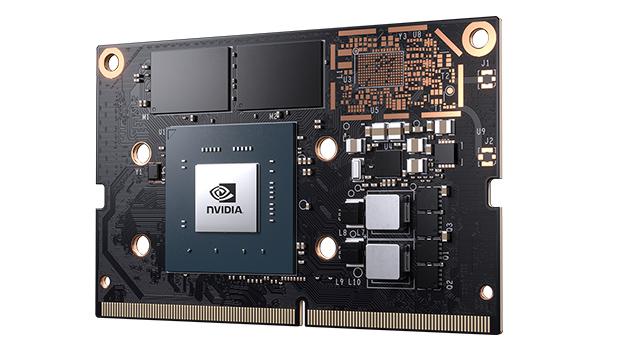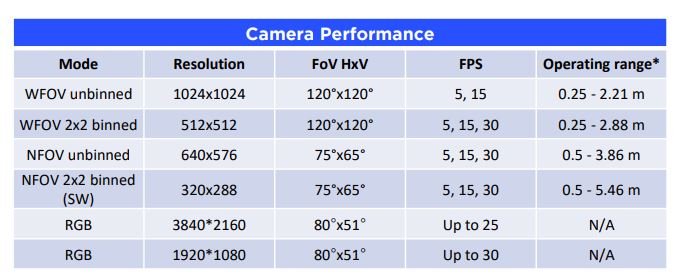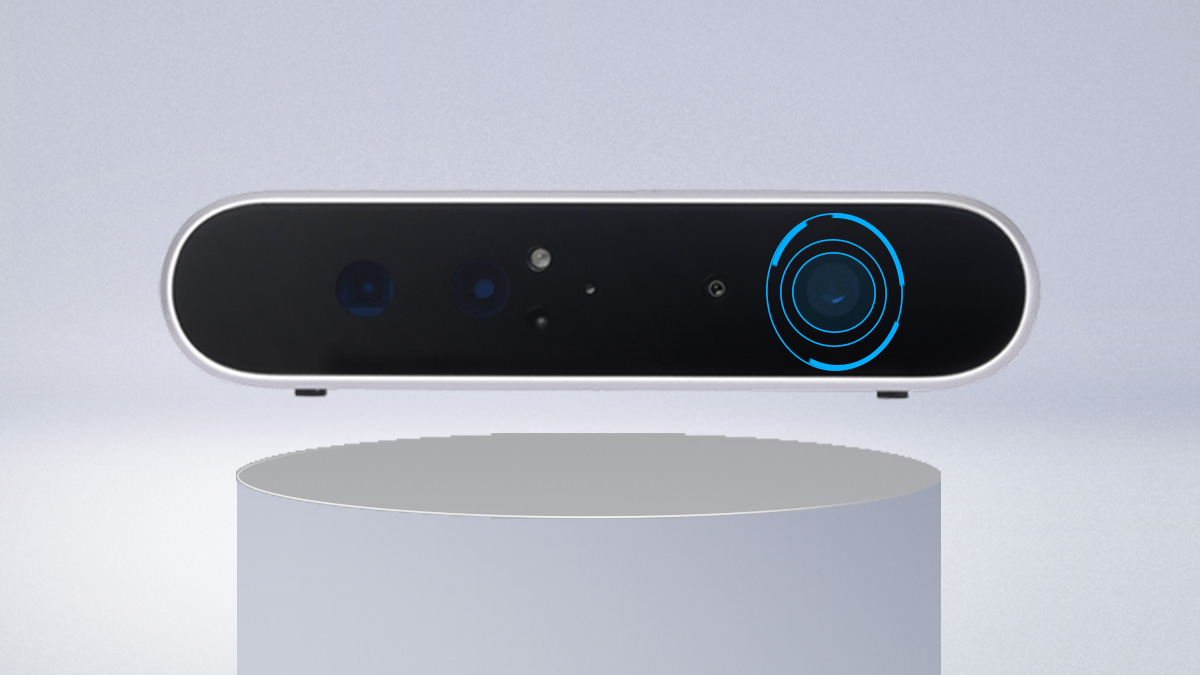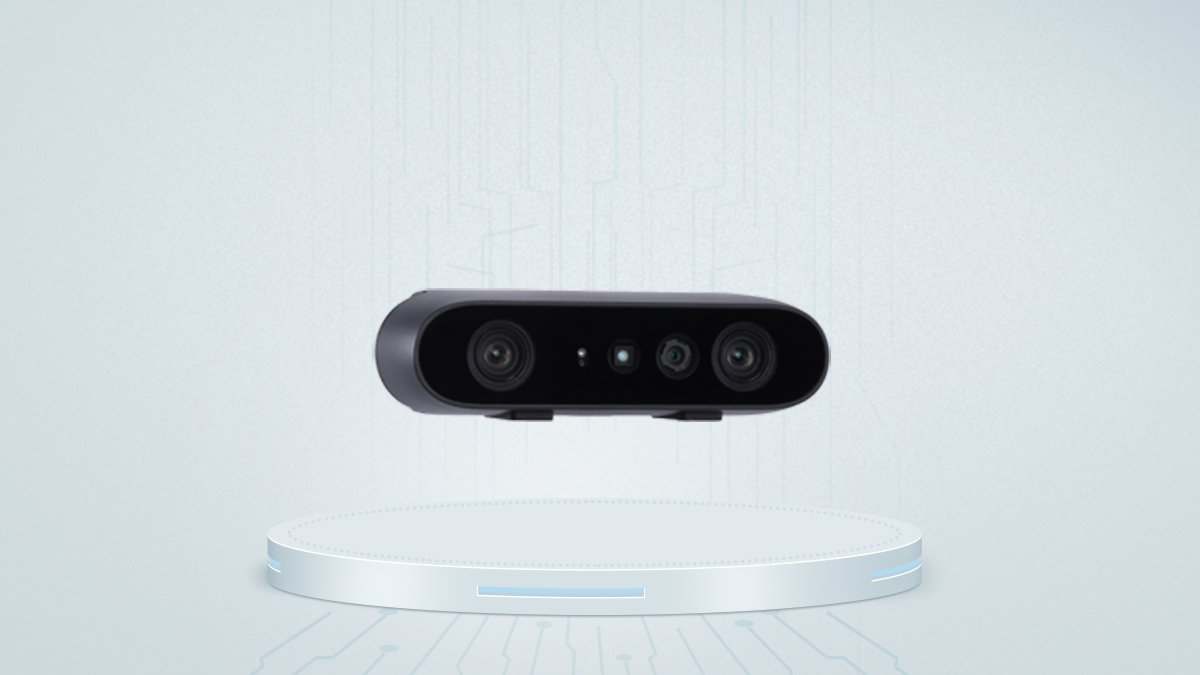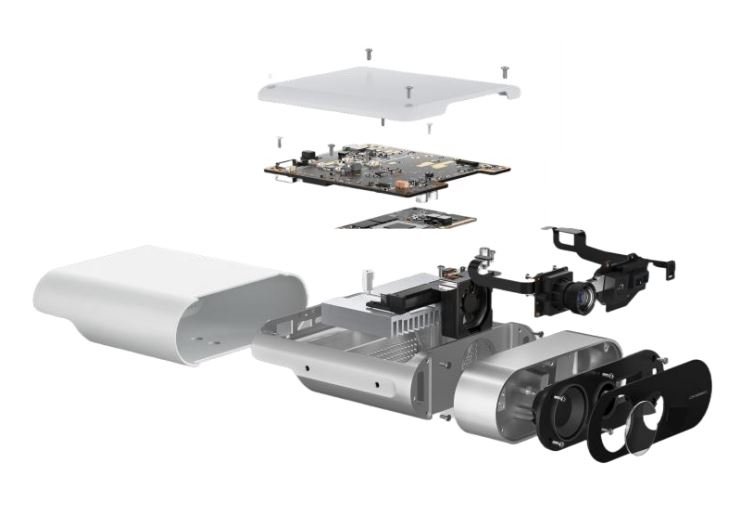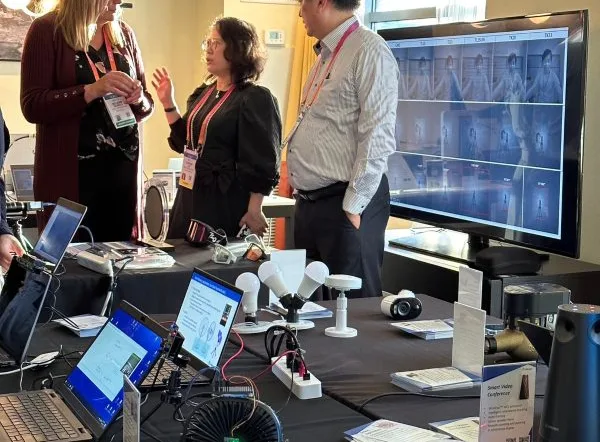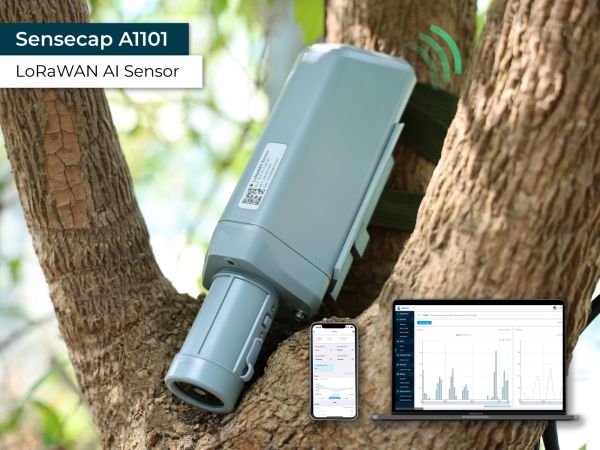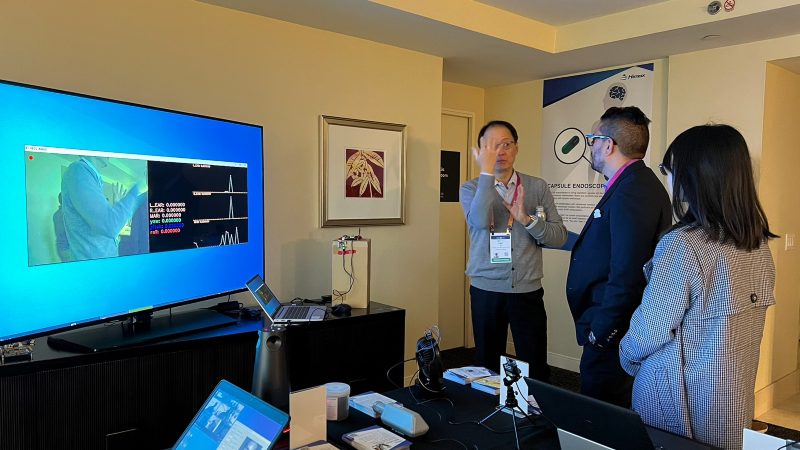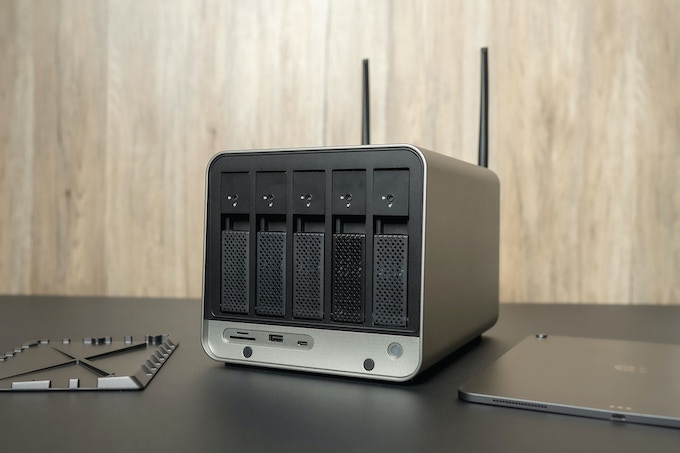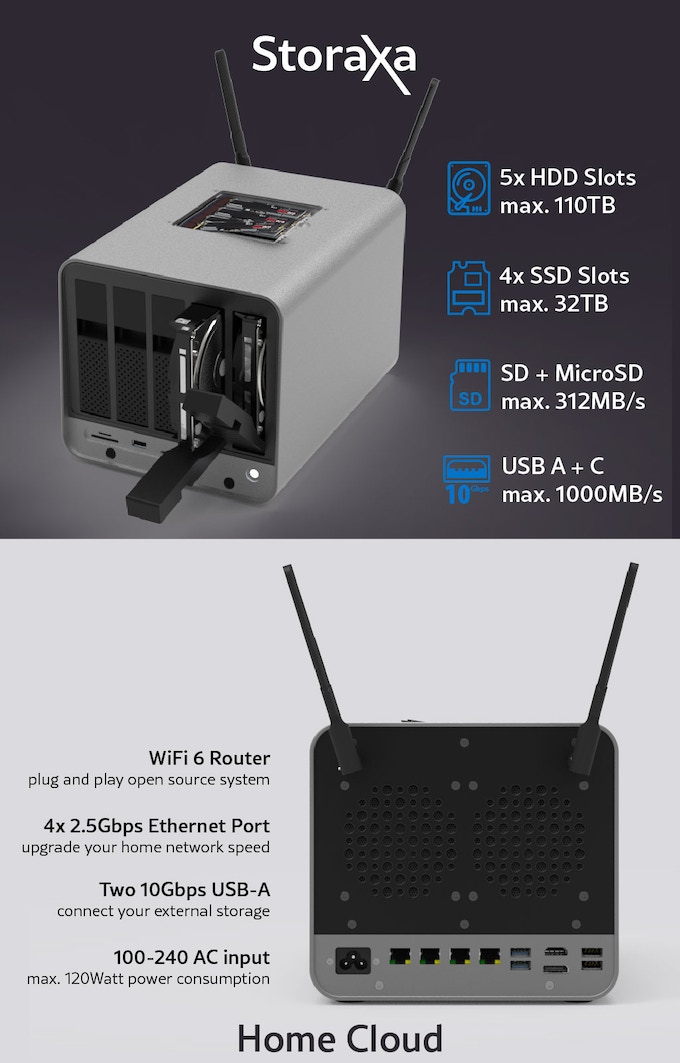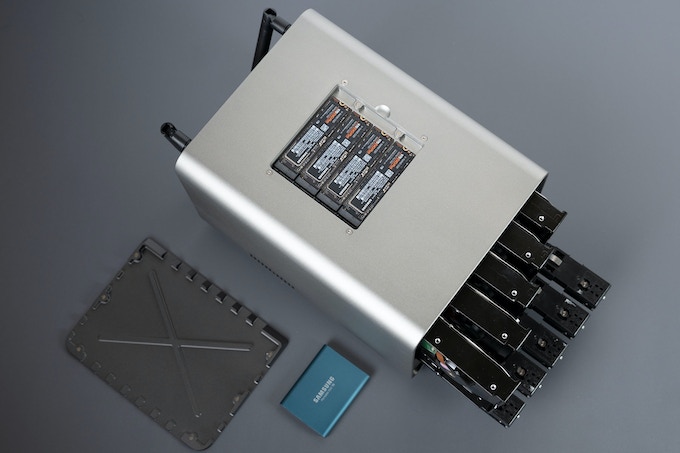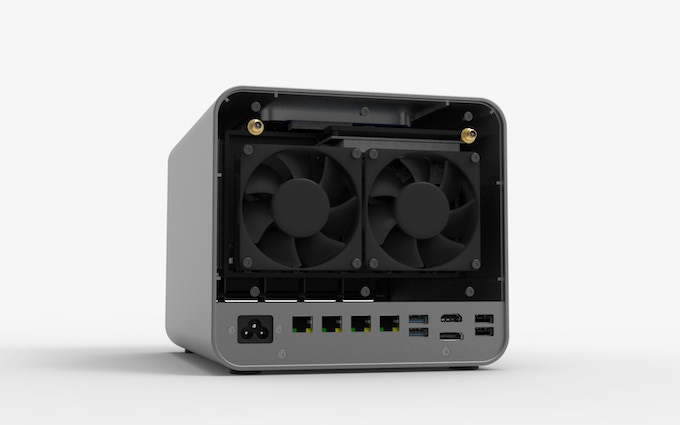Variscite, a leading worldwide System on Module (SoM) designer, developer, and manufacturer, today announced the launch of the VAR-SOM-AM62, powered by the Texas Instruments AM62x. Starting from only $33, the module provides an ideal solution for embedded industrial products that require high-performance and low-power.
The VAR-SOM-AM62 runs on 1.4 GHz Quad-core Cortex™-A53 with 400MHz Cortex-M4F an additional 333 MHz PRU real-time co-processors. It offers camera interfaces MIPI-CSI2, integrated 3D GPU along with dual LVDS display. The advanced feature set complements rich connectivity with certified dual-band Wi-Fi, BT /BLE 5.2, 3x CAN bus, dual USB, and dual GbE, and supports industrial operating temperatures.
Pin compatibility and Scalability
The SoM is a member of Variscite’s Pin2Pin product family, allowing developers to use the same carrier board design for a wide range of processors. Variscite customers enjoy significant long-term advantages as well as reduced development time, costs, and risks.
“The integration of the AM625x processor into the VAR-SOM-AM62 gives developers a solid foundation that combines performance and power efficiencies,” said Ofer Austerlitz, VP Business Development and Sales of Variscite. “These qualities along with its integrated interfaces generate a very attractive cost-optimized solution for present-day embedded edge devices.”
VAR-SOM-AM62 Evaluation kits
The VAR-SOM-AM62 evaluation kits serve as a complete development platform for both evaluation and application development purposes and include the scalable Symphony carrier board and an optional LVDS display with a touch panel.
Availability and Longevity
The VAR-SOM-AM62 is included in Variscite’s long-term longevity plan and provides longevity of 15 years. Evaluation kits and stock item modules are available for production quantities orders, starting from only $33 per unit.



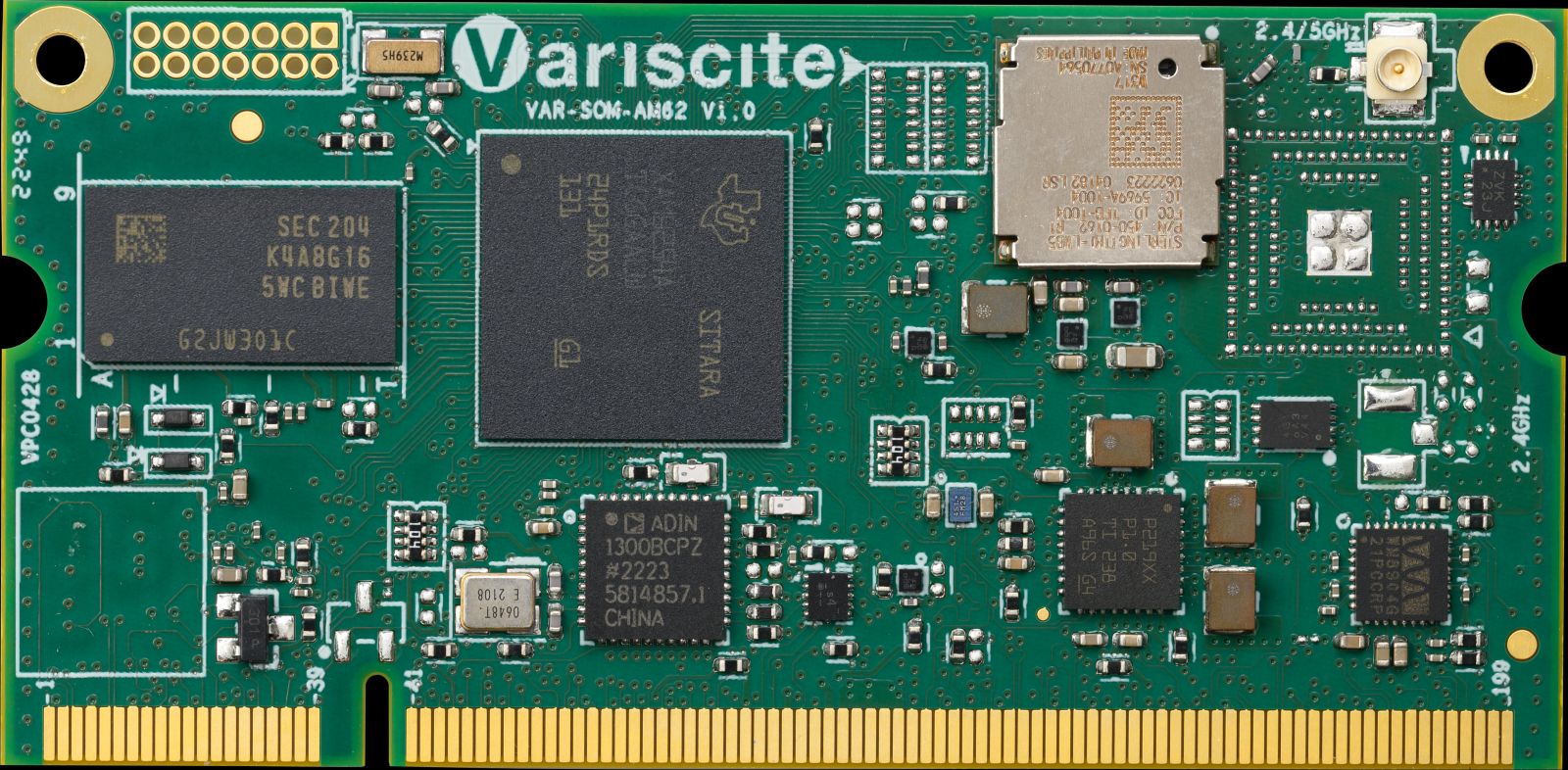
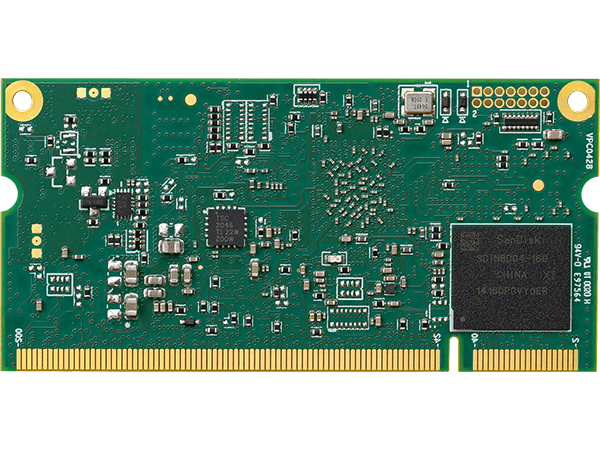

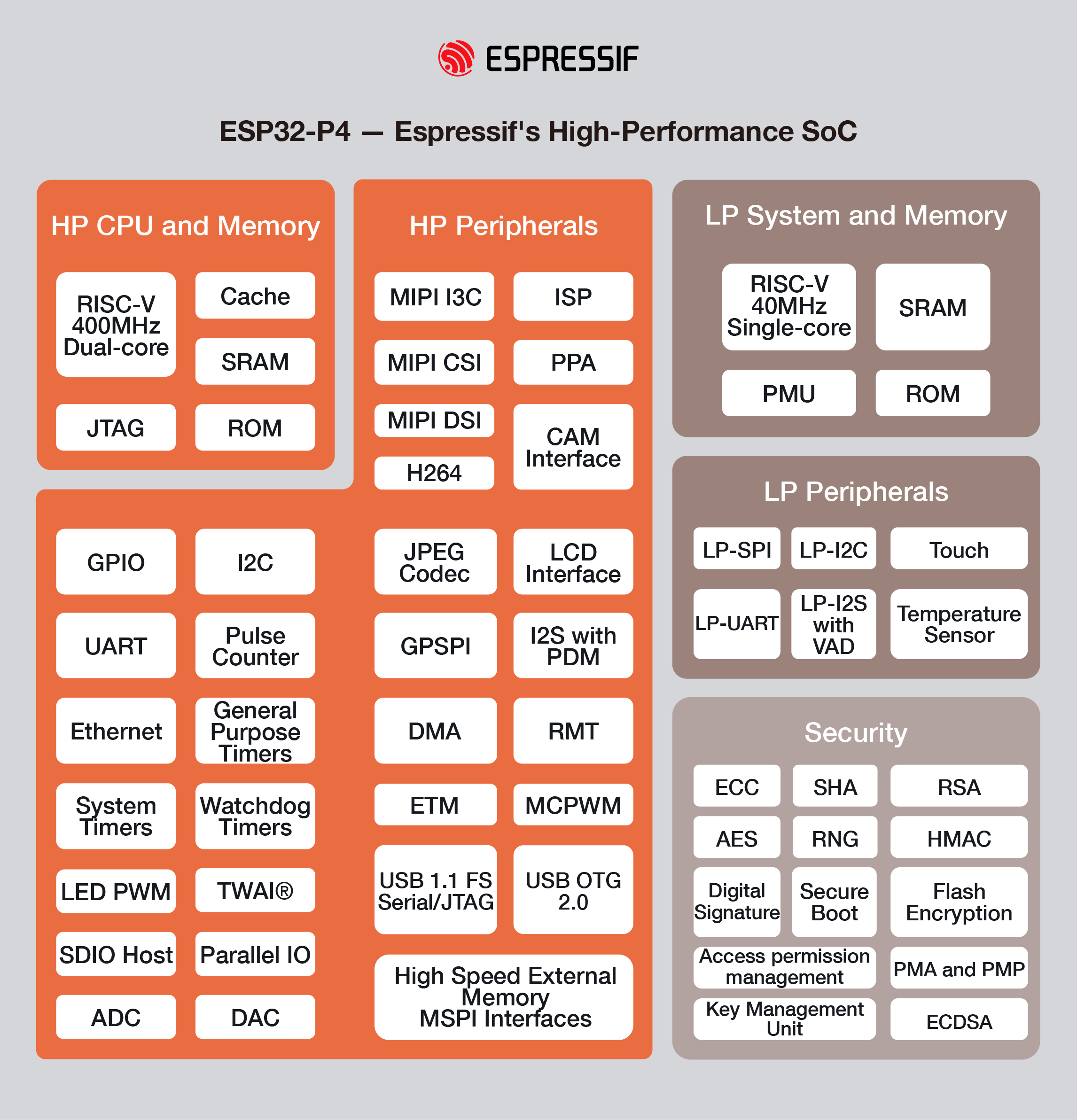
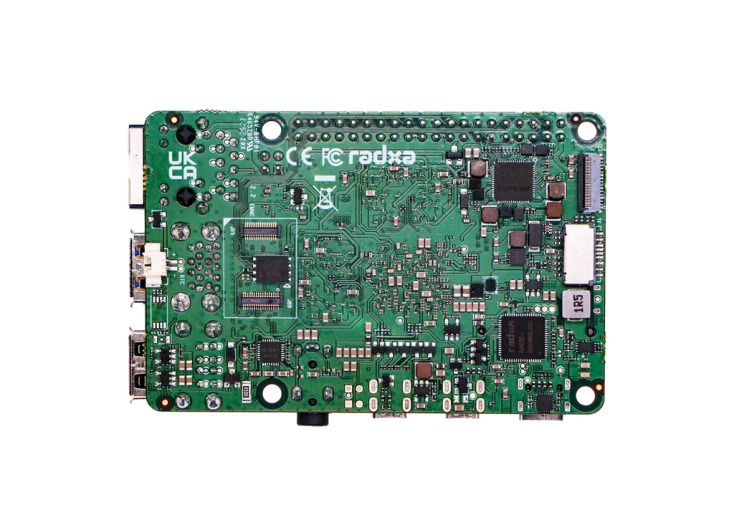
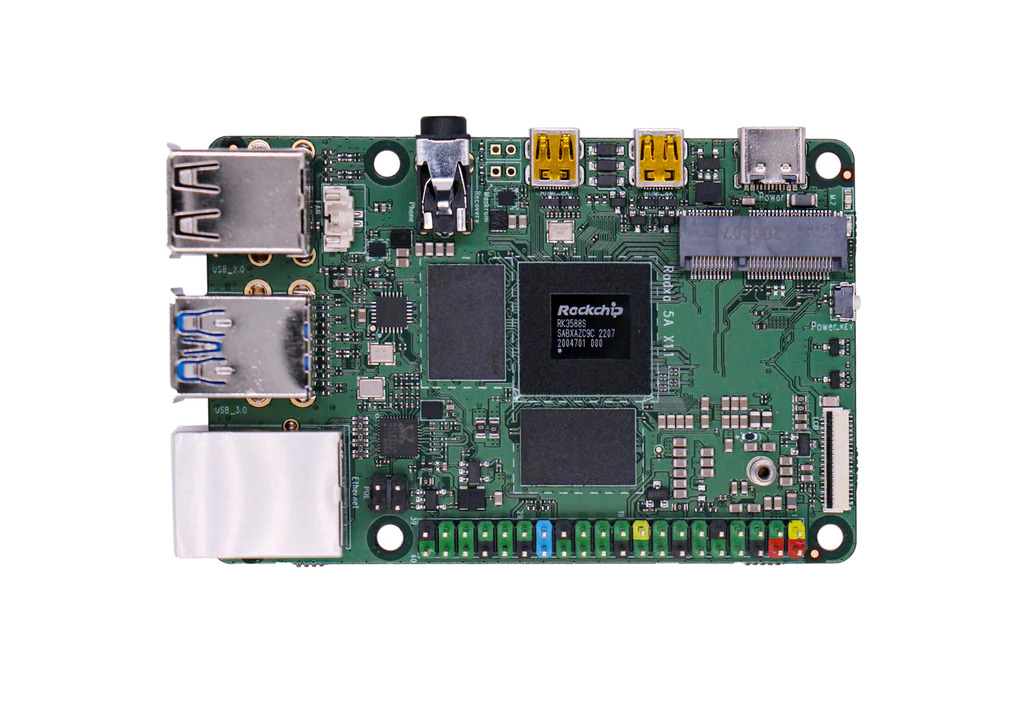
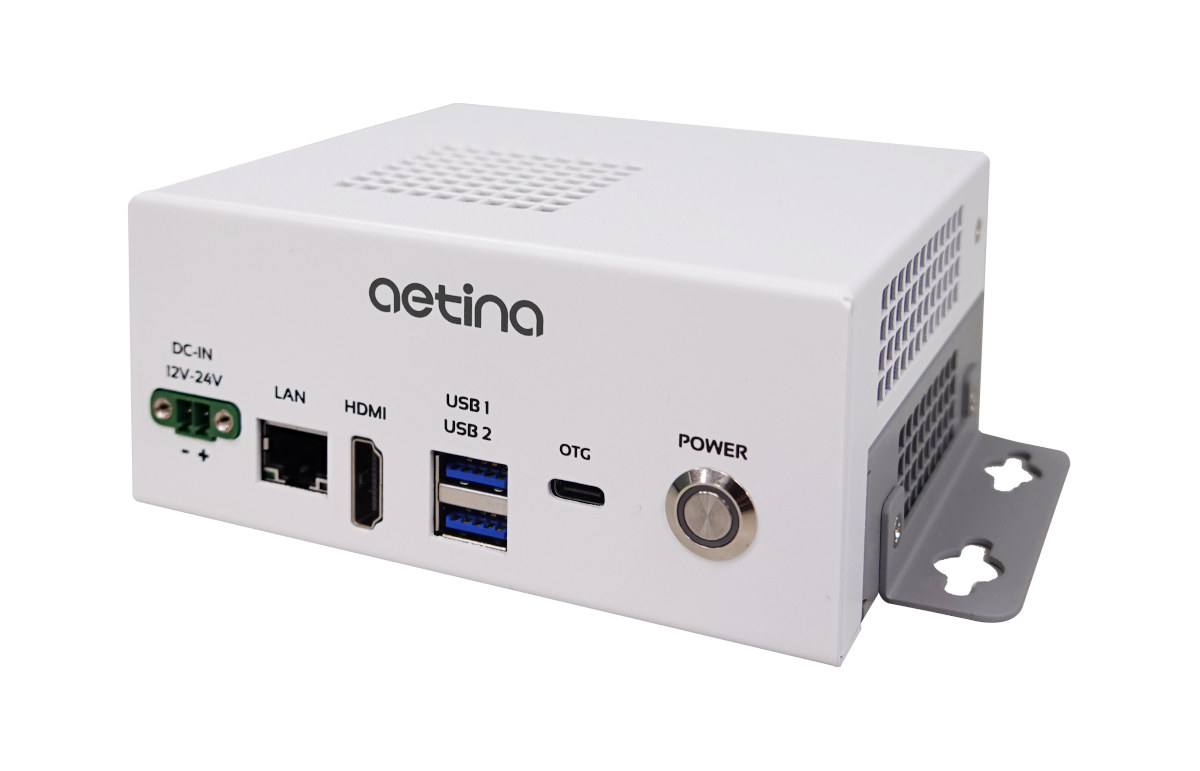
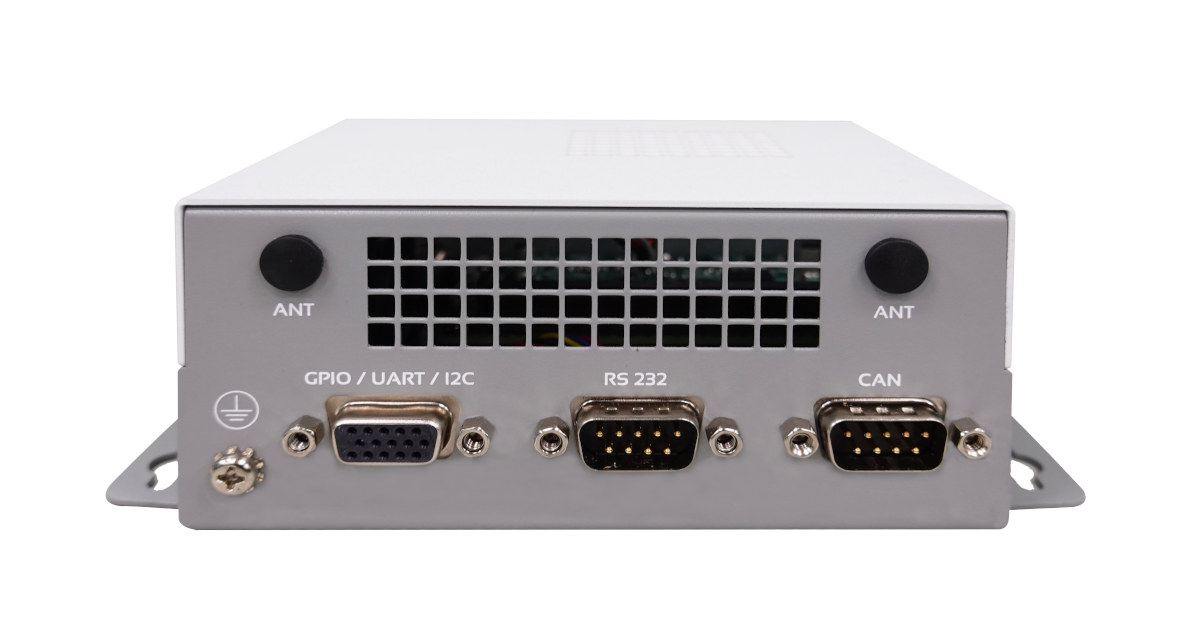 WiFi and Bluetooth can be added through an M.2 module (See Extension). A USB Type-C (OTG) port and two USB 3.2 Gen2 Type-A ports are also included. Both the RS232 and CAN Bus serial ports have DB9 connectors, and the expansion port is isolated. In addition to the D-Sub connector with 5x GPIO, 1x I2C, 1x UART, and 1x UART for debug only (UART3), there is also a 1x M.2 E-Key 2230 (PCIe/USB2) socket for wireless connectivity and a 1x M.2 M-Key (NVMe) 2242 socket for storage. Optional functions such as a power, recovery, and reset switch are included. 12 V to 24 V DC is supplied through a 2-pin terminal block, and the usable operating temperature range is -25 °C to +70 °C, with a storage temperature range of -25°C to +85°C. The temperature is 40 degrees Celsius with a non-condensing relative humidity of 95%. Class A CE/FCC and IEC 62368 approval has been granted.
WiFi and Bluetooth can be added through an M.2 module (See Extension). A USB Type-C (OTG) port and two USB 3.2 Gen2 Type-A ports are also included. Both the RS232 and CAN Bus serial ports have DB9 connectors, and the expansion port is isolated. In addition to the D-Sub connector with 5x GPIO, 1x I2C, 1x UART, and 1x UART for debug only (UART3), there is also a 1x M.2 E-Key 2230 (PCIe/USB2) socket for wireless connectivity and a 1x M.2 M-Key (NVMe) 2242 socket for storage. Optional functions such as a power, recovery, and reset switch are included. 12 V to 24 V DC is supplied through a 2-pin terminal block, and the usable operating temperature range is -25 °C to +70 °C, with a storage temperature range of -25°C to +85°C. The temperature is 40 degrees Celsius with a non-condensing relative humidity of 95%. Class A CE/FCC and IEC 62368 approval has been granted.